Feb 26 2017
Exciting and disappointing at the same time
So I had an exciting morning. I drove to the lake to pick up the trailer with three singles. As you can see, the lake was still frozen and it will take another few weeks before it will be rowable.
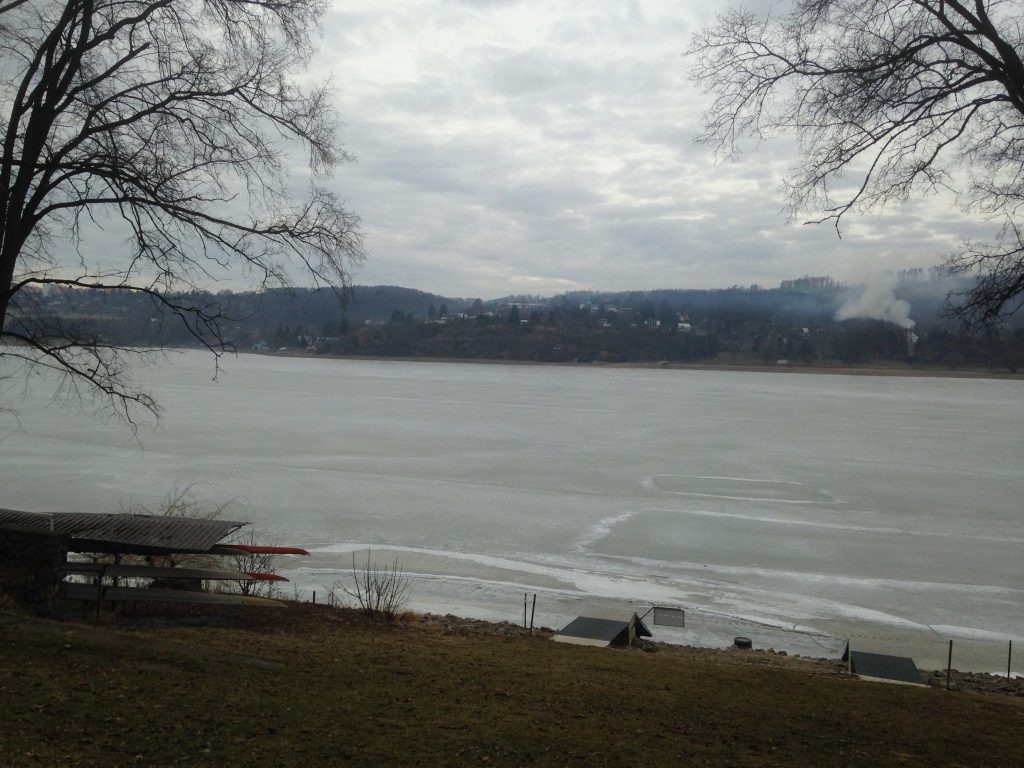
We took the singles to the place where our rowing club started 105 years ago, which we still own, even though most of the buildings are in bad need of renovation.
There, it didn’t take us long to get two single ready and we headed out on the water. My first row with the Empower Oarlock, so I badly wanted to record it. Unfortunately, I made a critical mistake. After a few months without using the SpeedCoach, it’s user interface managed to confuse me. Seeing the message “stop”, I figured it was running and recording, and I could “stop” that by pressing the “back” button.
So I happily selected which parameters to watch and went off rowing, already looking forward to taking a critical look at the data.
Unfortunately, as I just found out, you have to set it to “ready” and not to “stop”. All I have is a 27m segment when I was fiddling with the setup! 🙁
Other than that, the row was fun, and luckily I had the Garmin Forerunner running in parallel, so I do have heart rate and pace.
The rowable part of the river is about 2.5km long, between two sluices. It is quite windy.
In the first 2.5km, I selected stroke rate/pace/power/catch angle. I started with arms only, then arms and back, and then to half slide, three quarter and on to full slide. It was fun to watch the catch angle go up. If I remember well, I ended up around 61 degrees.
Power was around 180W. It dropped down to 120 when I was turning to starboard, and went up to 220W when I was turning to port. And as this is a windy river, there was a lot of turning.
At one point, I ran into a thin sheet of ice. Luckily, no scratches on the boat.
At another point, I surprised a few swimmers. I didn’t expect swimmers. I should have known better, with the Czech Republic the world center of cold water swimming. The girls were splashing in the ice cold river while Eda and I rowed by, and only on our second loop they were back on the shore. Amazing!
I experimented a lot with the third and fourth metric to watch, so on the first return leg I looked at slip and average power. Average power stayed at zero. (I know understand why, but it didn’t occur to me then.) Slip was around 4 to 7 degrees. Then I looked at wash and total stroke angle, with wash around 11 degrees, and total stroke angle around 107 degrees, if I remember correctly. And finally, back to power and finish angle. All very exciting. If only I had all the data afterwards. Well, I guess it’s my fault.
It was also fun to watch how my power remained consistently oscillating around 180W, while pace varied with the stream and wind. I am already looking forward to training for the 6km head race and figuring out what power I can sustain over that distance. I plan to spend some time doing that, and then on race day I can just hold that power for 4 or 5km, and then go for it. Having power feedback available during a row is perfect. Really perfect.
I guess only in the turns, the power value can be deceiving.
After the row, I took a few pictures of our river rowing venue.
After the row I drove the trailer back to the lake venue. I took a shower there and replaced batteries and did firmware upgrades on 8 of the club ergs. After that I drove over to the electronics store to pick up a new Raspberry Pi for my little rowing data logger project.
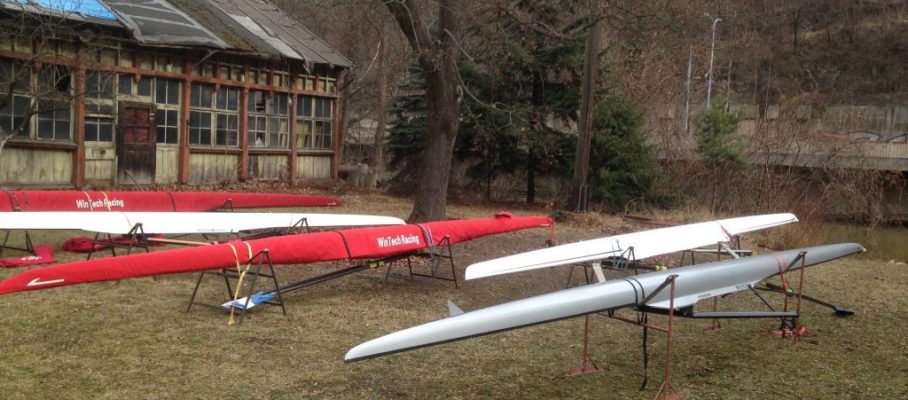
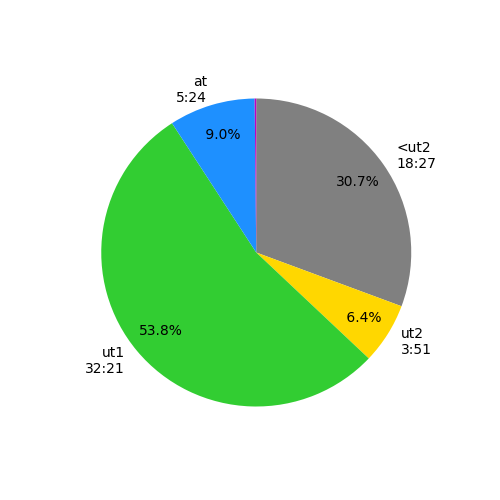
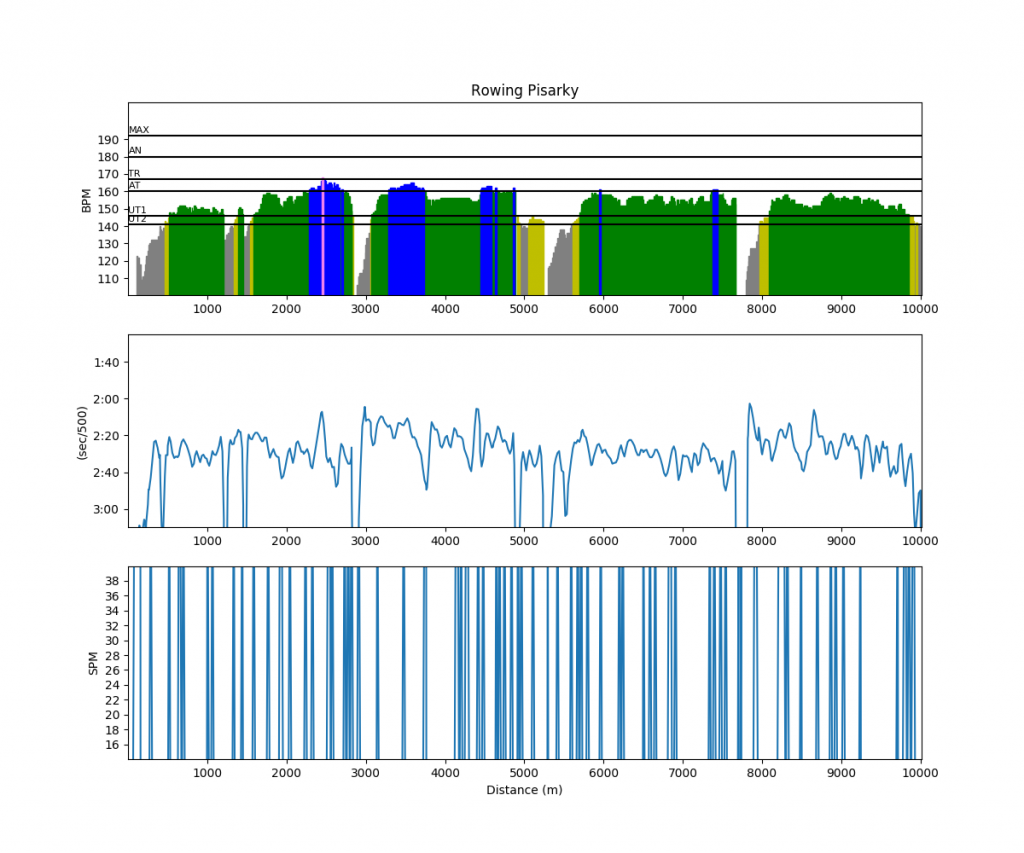
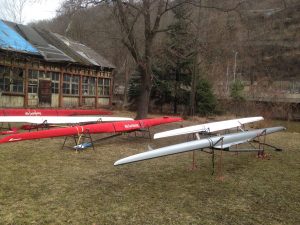
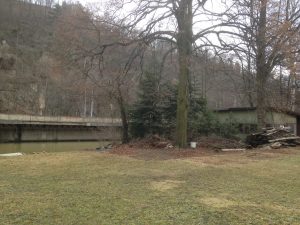
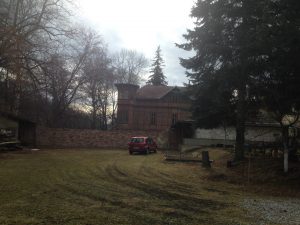
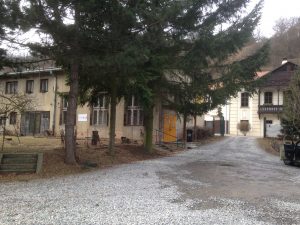
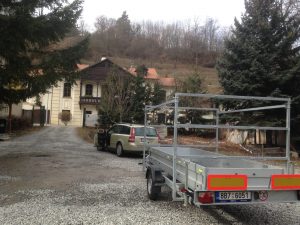
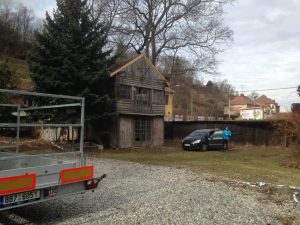



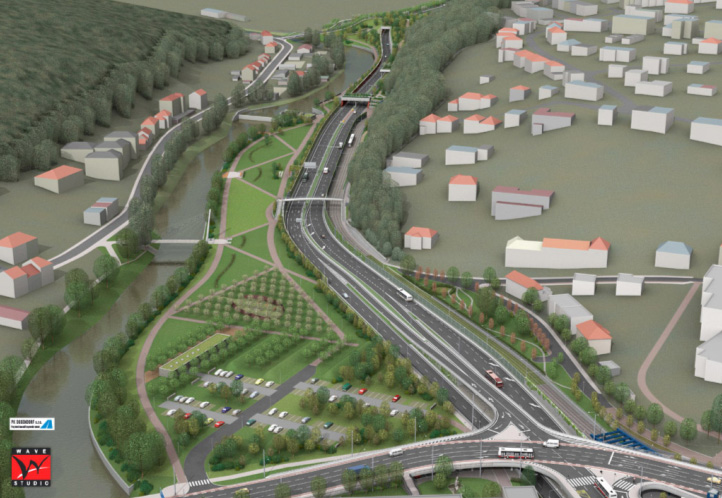


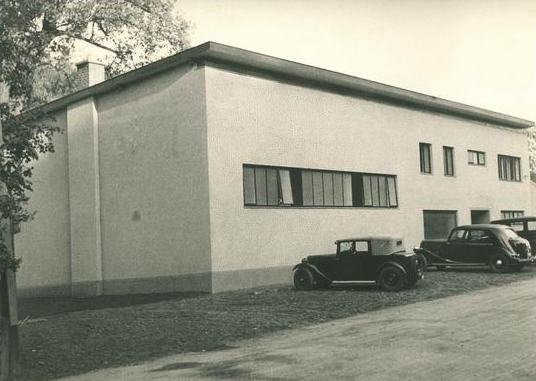
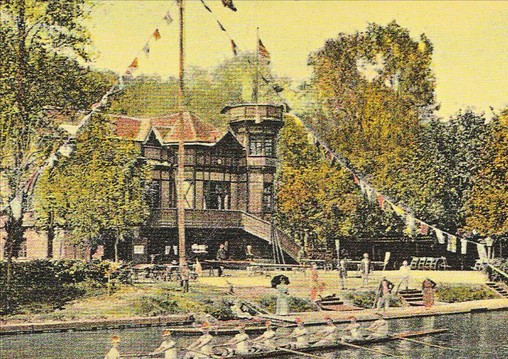
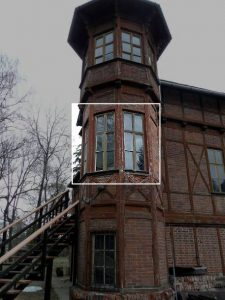



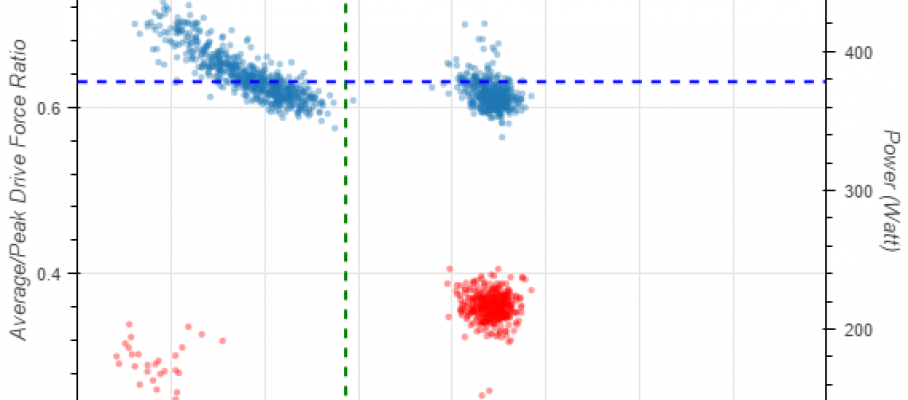
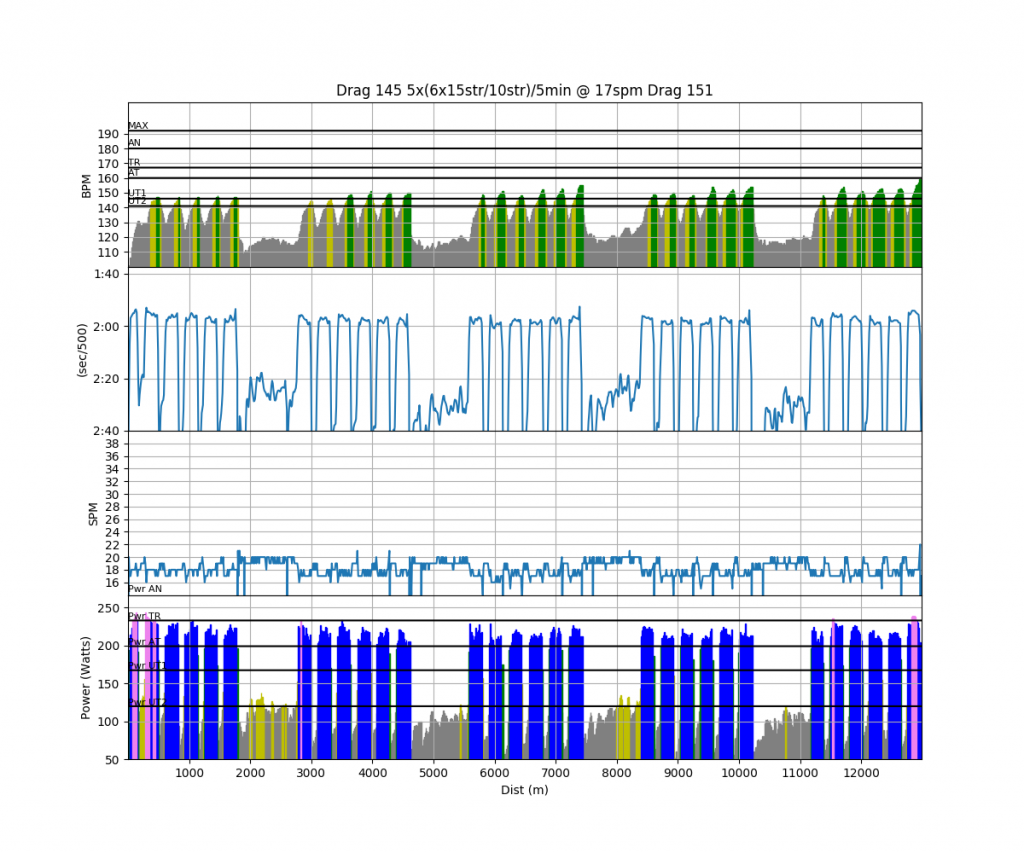
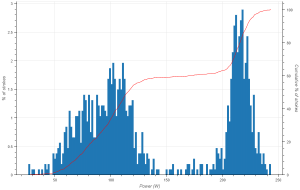
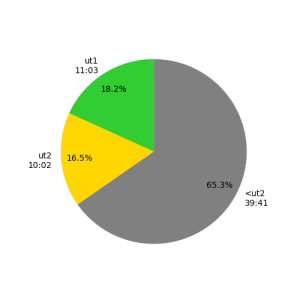
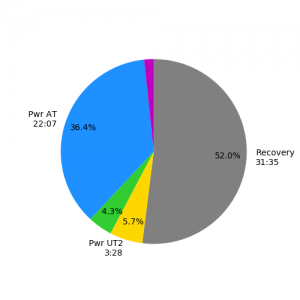
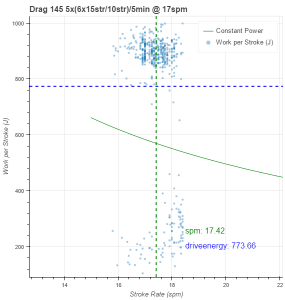
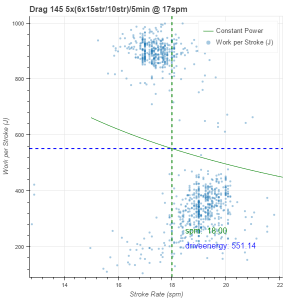
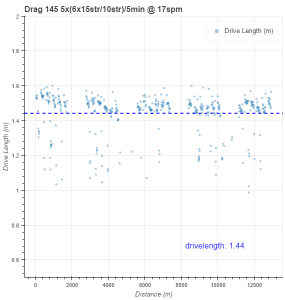
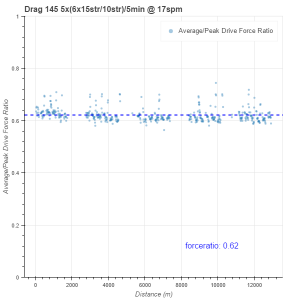
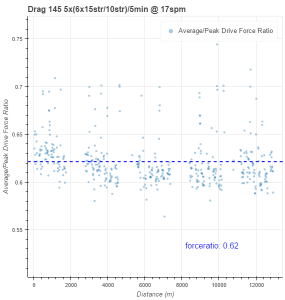
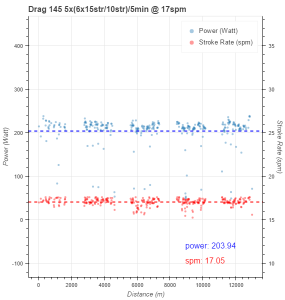
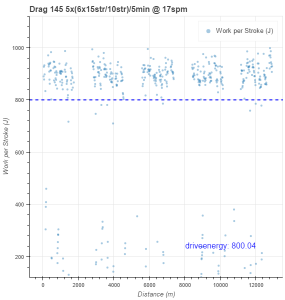
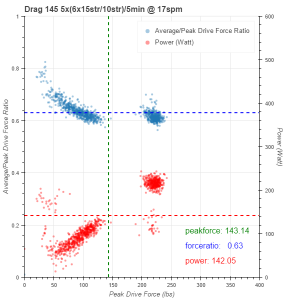
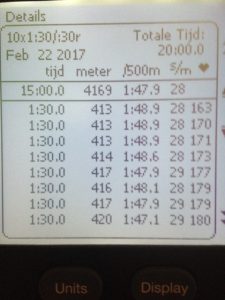
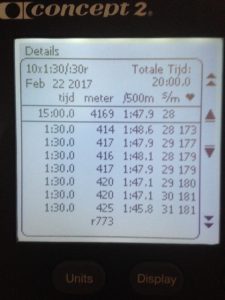
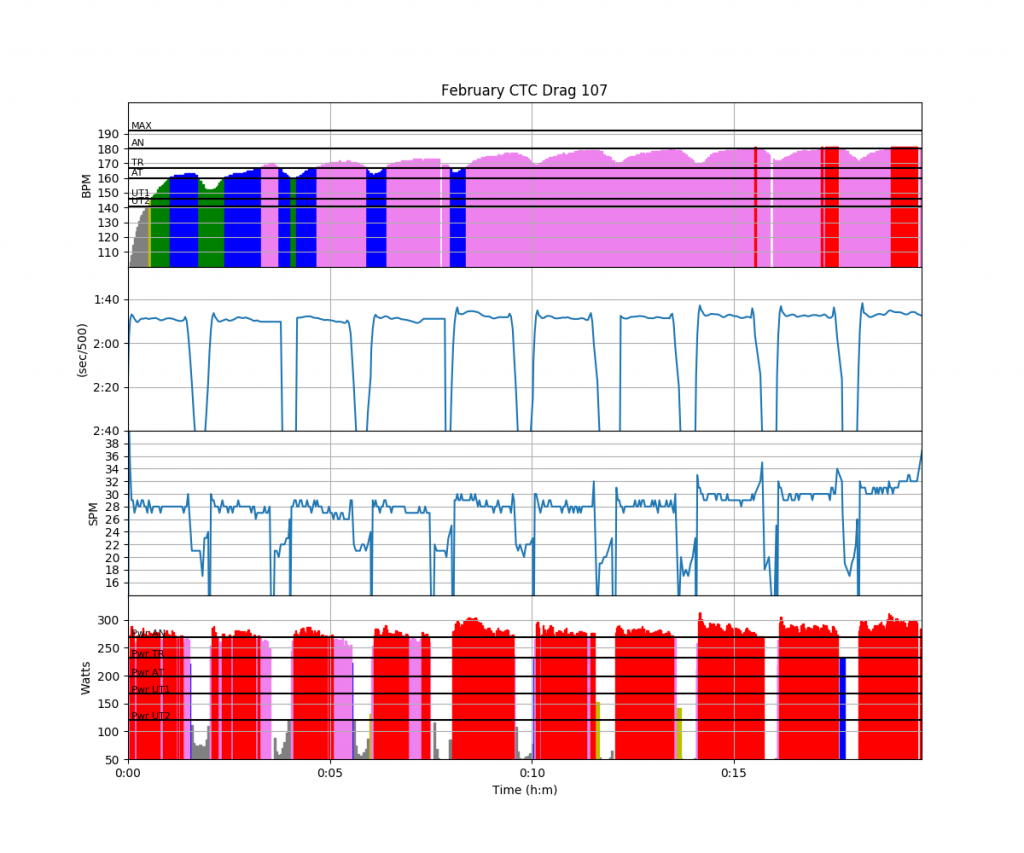
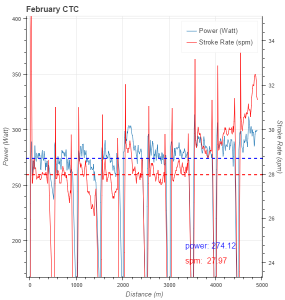
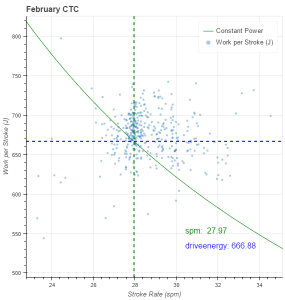
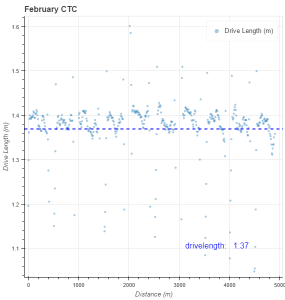
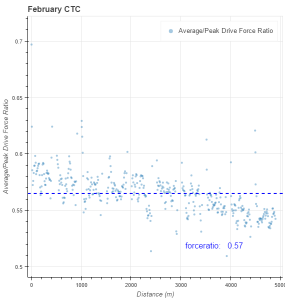
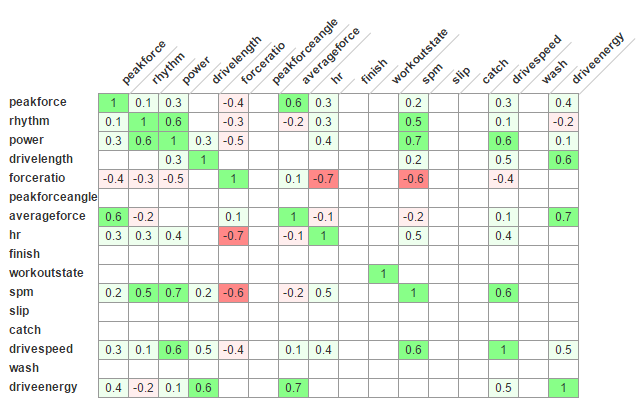
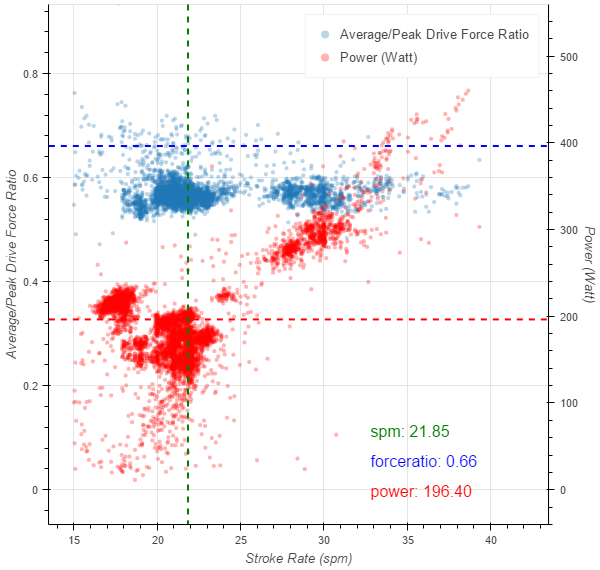
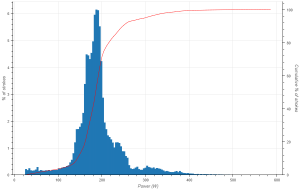
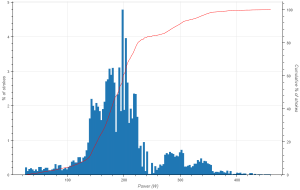
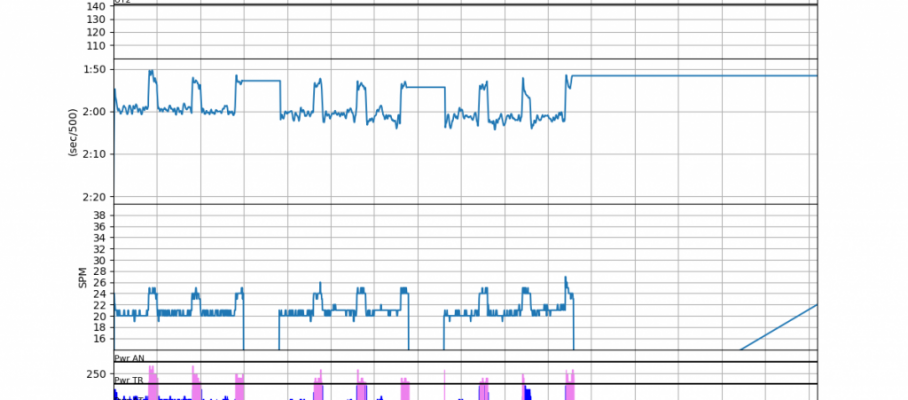
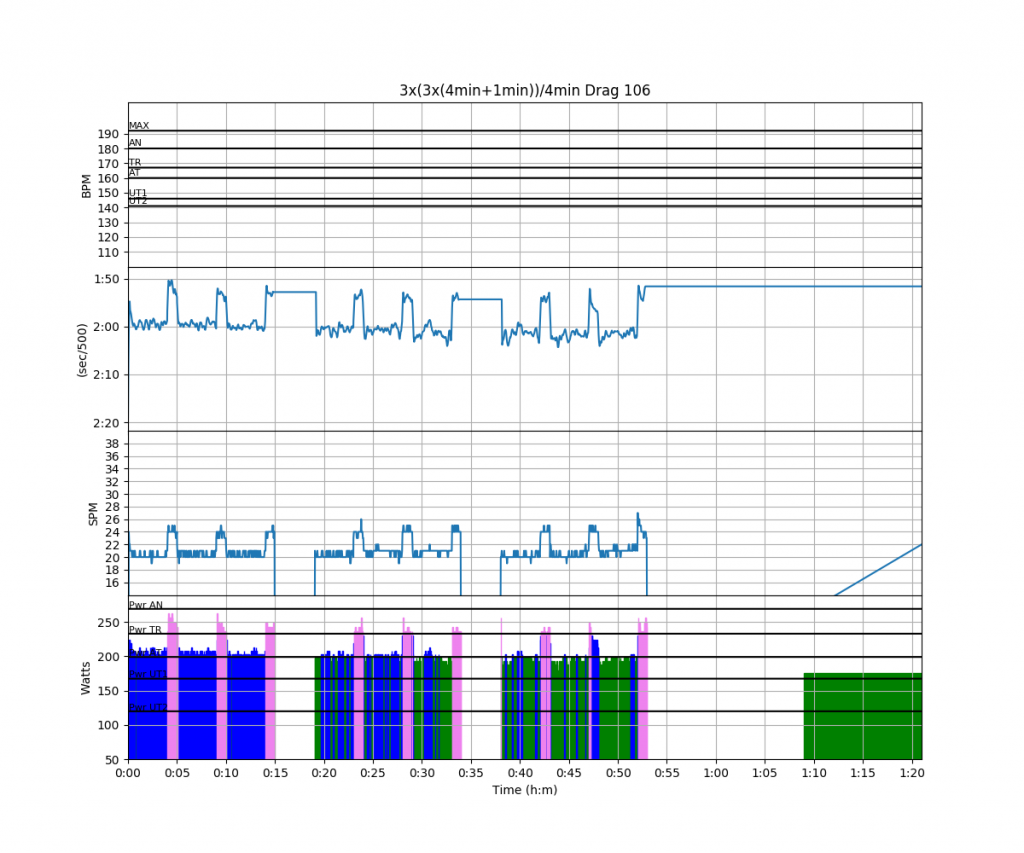
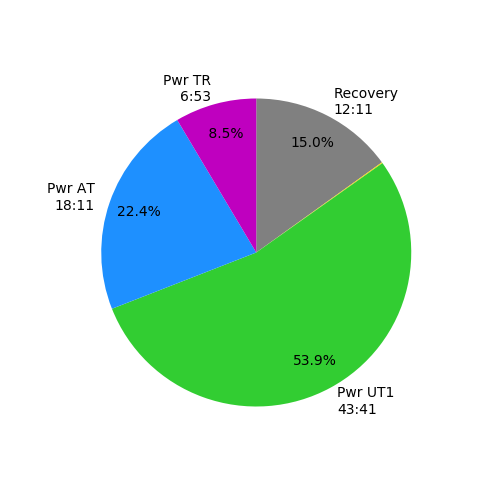

Feb 27 2017
First Empower Connected Row
So today I had a long gap between a busy first half of the working day and the evening series of conference calls, which was ideal to drive to Pisárky and do a longish outing in the single. This time I did pay attention to switching on the SpeedCoach correctly.
I did three “rivers”, i.e. rowing up to the hydro plant in Komín and back. That is a little over 2km per stretch of river, 4.4km per loop, and the total workout duration was 13km.
Rowing on a river is interesting for me as a lake dweller. There is much more waterfowl and bird life to watch during the row. Except for two mean looking swans that is really a plus. The other difference is how close you are to people walking on the banks. Mothers with prams and small children. People relaxing on park benches. People standing on bridges, just staring at the water. And most of those people smiled at me, which is great.
I played with the SpeedCoach settings. With the Empower oarlock, there is a whole set of new parameters to watch during as well as after the workout. The “classic” screen looks like this:
You set up the top row before the outing, but you can very easily switch what is displayed on the bottom row at the turning points. I was running the Garmin Forerunner in backup mode, so I didn’t need to see heart rate. Here are the settings I chose:
I found the effective drive length a really interesting metric to display during the row. I have to work on my sequencing, and when I do this right, I see that I maintain the effective length well above 85 degrees. When I become lax, it drops quickly. Average power seemed to be more relevant when you do pieces. I couldn’t relate much to the force numbers. I also liked to watch “work per stroke” but it isn’t entirely clear to me how to use it. Perhaps when you do rate ladders, you can try to keep this value constant when you go up the ladder.
Talking about all those metrics, here is what rowsandall.com had to say about correlations. Mind you, this is for a single row and I mainly rowed at 20spm.
Interesting that “wash”, which has to be low, strongly correlates with Peak force, power, drive length, finish angle. The only concern I have here is that with the twisty river, there were a lot of strokes where I was steering. Especially on the turns to starboard, where I row a slightly shorter, weaker stroke with my starboard scull, this may lead to a relatively large portion of “non-relevant” strokes.
Export to Strava, now with real power values:
Here are the big plots:
And here are the metrics plots:
I leave them without comments for now.
Now that I am a first-hand user of the Empower, I already discovered a couple of improvements that I need to implement on rowsandall.com. Also, I am suspicious of the drive length. Probably a small mistake in a calculation I made. I like how the SpeedCoach talks about drive length in degrees and I like the “effective drive length” parameter. To make this maximally effective, I will add these parameters exactly as they are represented during the row. That makes it easier for coaches and rowers to analyze the training and then transfer the lessons learned to the next practice.
Next time I will try out the “skill” screens of the SpeedCoach.
http://www.nkhome.com/rowing-sports/empower-oarlock
By sanderroosendaal • Uncategorized • 0 • Tags: empower, NK, NK speedcoach, OTW, rowing, single, steady state, training